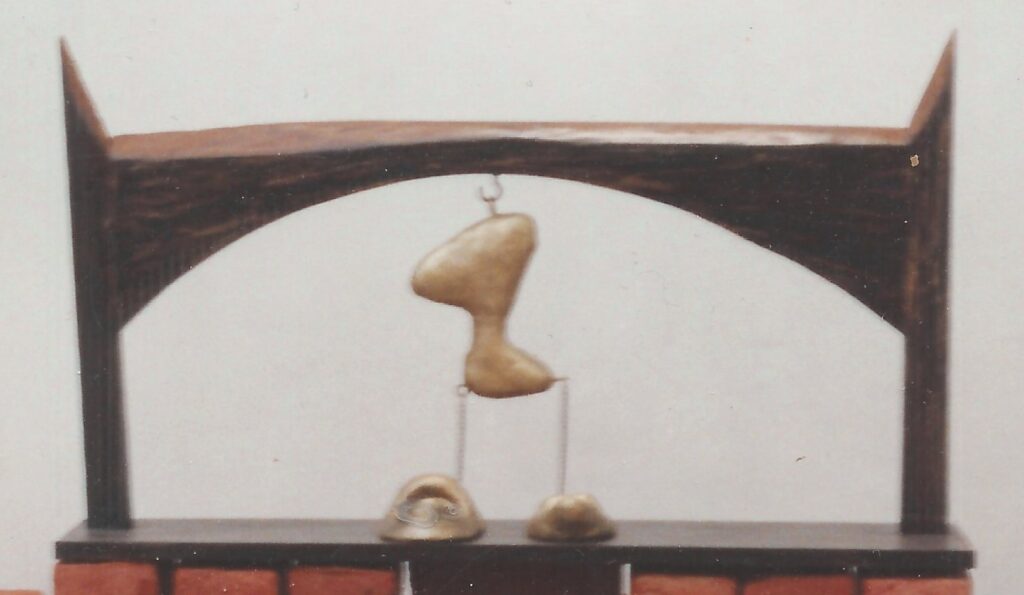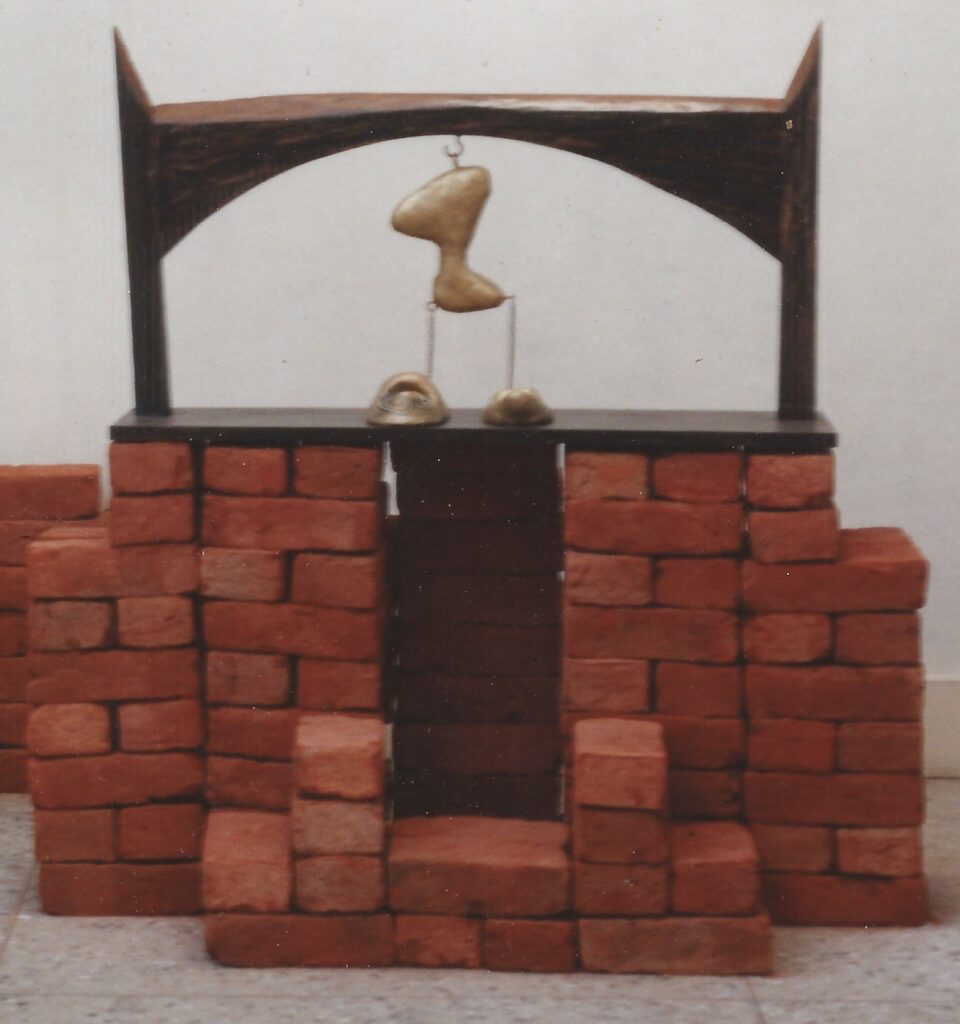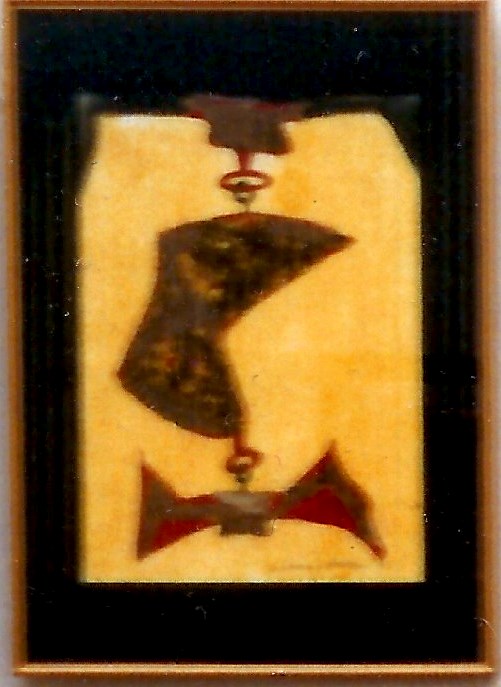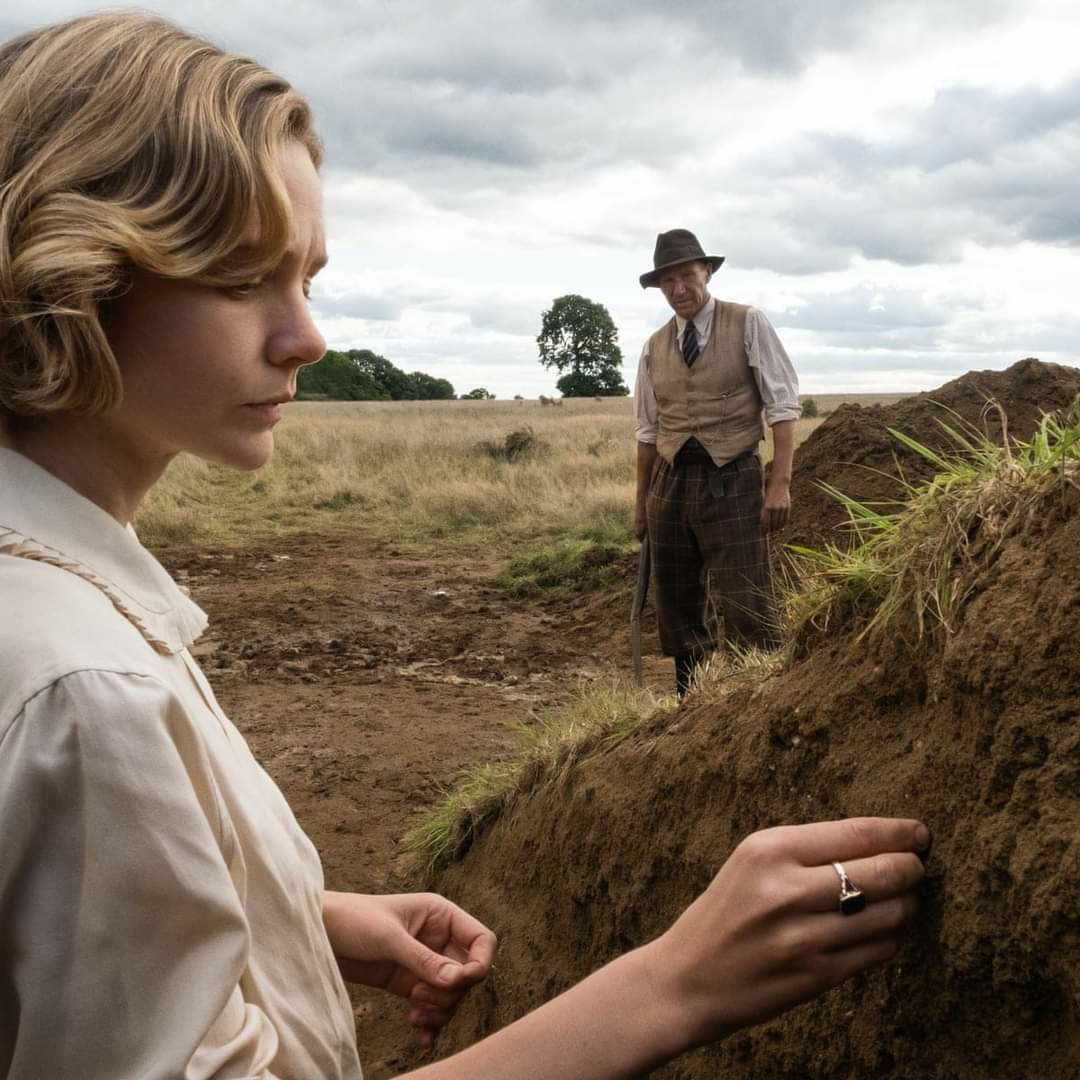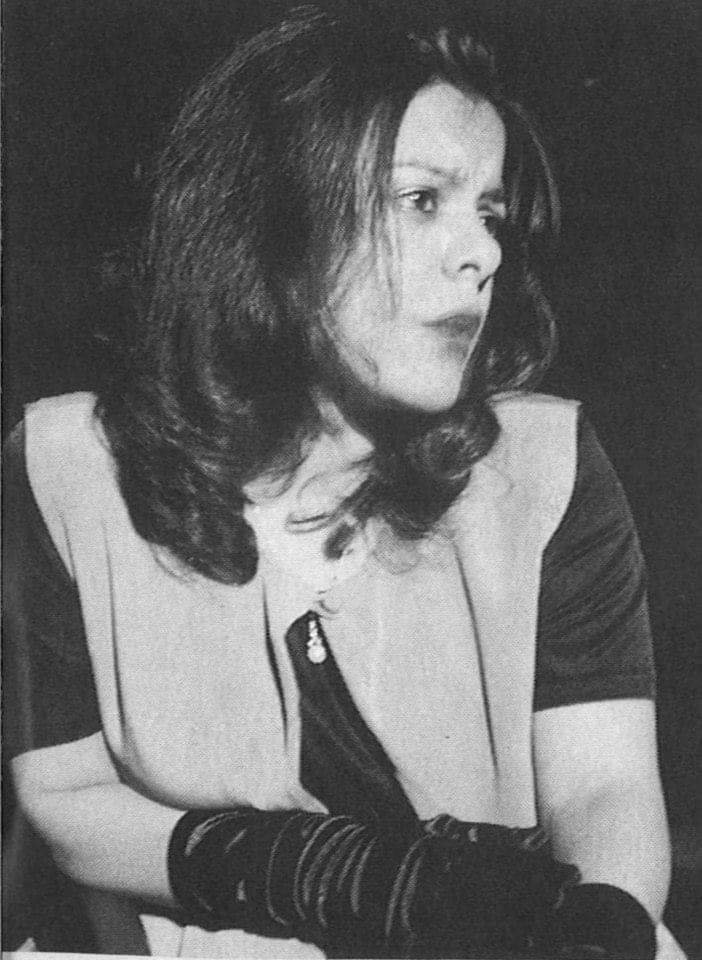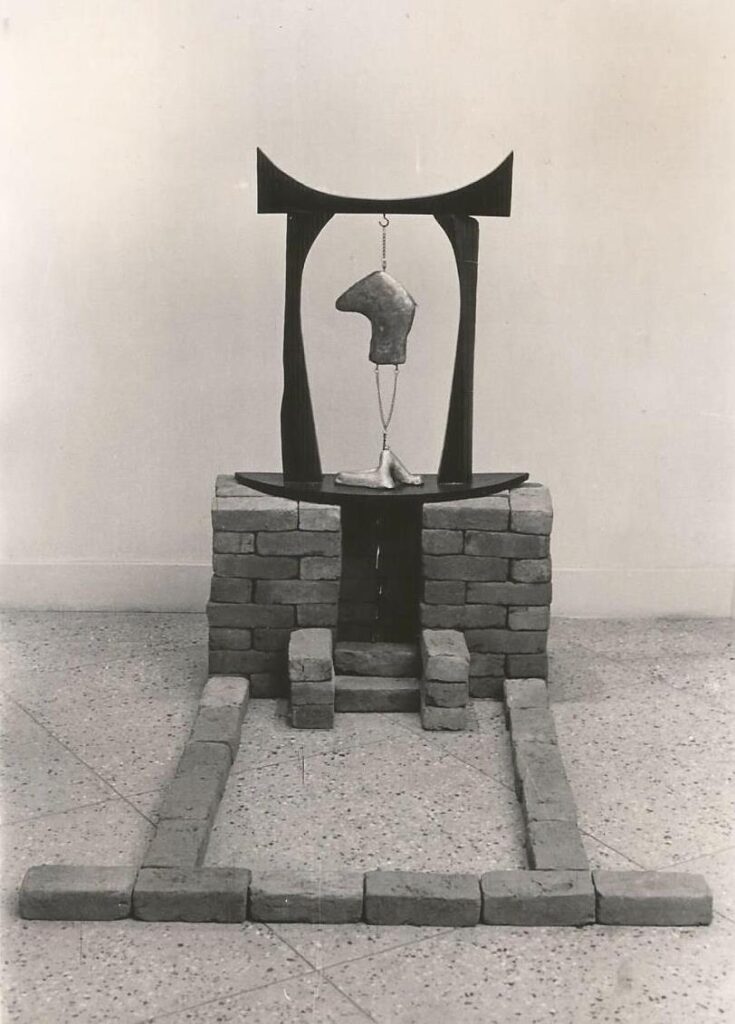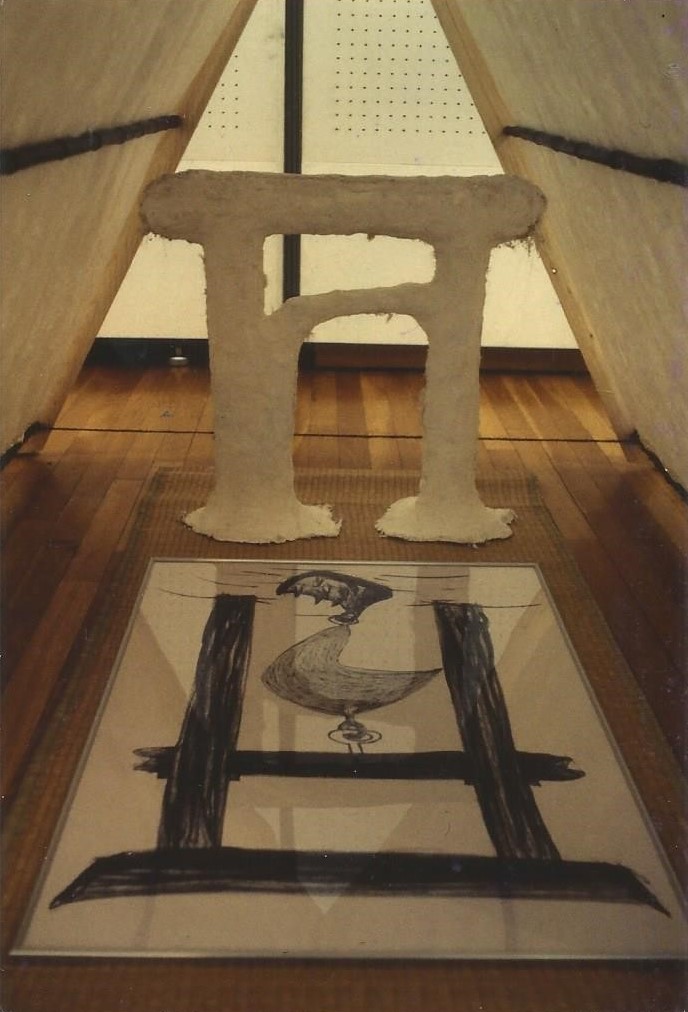Faiz Forever / Kanika Aurora
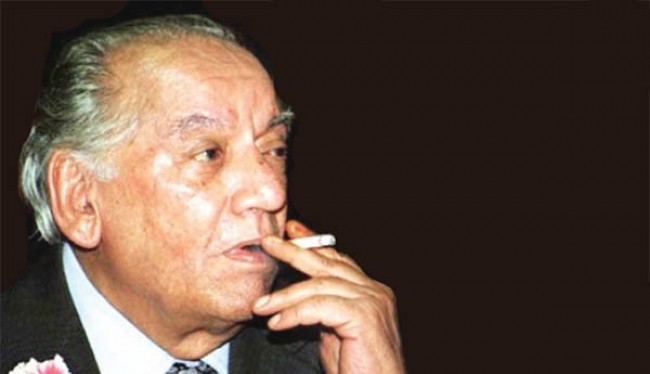
Gulon mein rang bhare
Baad-e-naubahaar chale
Chale bhi aao ki
Gulshan ka karobaar chale
Come bahaar or spring and we all end up quoting Faiz Ahmed Faiz conjuring up evocative and tantalizing images of a riot of flowers bursting with a million hues beseeching your beloved to come so the garden can get on with its business of blossoming.
Faiz Ahmed Faiz , the romantic, revolutionary poet extraordinaire was born in Sialkot a hundred and ten years ago on February 13th, 1911 . He shared his hometown with Pakistan’s national poet, Allama Muhammad Iqbal.
Linguistically, and culturally he belonged to Urdu, but Faiz Saheb was also well-acquainted with Punjabi and English; he composed some poetry in Punjabi and earned a Master’s degree in English literature as well as served as a lecturer of English and British Literature for a time at the Muhammadan Anglo-Oriental College in Amritsar (in present-day Punjab, India).An uncle of mine was recently speaking about the junoon he caused when he came to visit.
Interestingly, during his time in Amritsar, Faiz also met his future wife Alys in 1938 at the house of a colleague at the college.Faiz and Alys shared the ideals of freedom and love for humanity and justice, and even though in some ways they had the opposing temperaments, they eventually fell in love.They married in Srinagar in October 1941 and their nikah was performed by Sher-i-Kashmir, Sheikh Mohammed Abdullah, the leader of the National Conference.It is a little known fact that Alys had been christened Kulsoom, by Faiz’s mother and ‘Dast e Saba’ which was written during his imprisonment with the above mentioned ghazal was dedicated to her making everyone wonder about the identity of this mystery woman.
Ishq dil mein rahe to rusva ho
Lab pe aye to raaz ho jaaye
Typical Faiz. Once an emotion or an idea is rendered into poetic expression, it perhaps acquires a multiplicity of meanings and gets shrouded in ambiguities,
During his lifetime, he was nominated for the Nobel Prize in Literature and even received the Lenin Peace Prize, awarded by the Soviet Union, in 1962.Posthumously, he was conferred his nation’s highest civil award, Nishan-e-Imtiaz, in 1990 although during his lifetime he remained in conflict with the Pakistani government.
Faiz’s early poems had been fairly conventional, romantic treatises on beauty and love, but while in Lahore he began to expand into politics and community concerns. In 1942, he left teaching to join the British Indian Army, for which he received a British Empire Medal for his service during World War II. After the partition of India in 1947, Faiz resigned from the army and became the editor of The Pakistan Times, a socialist English-language newspaper.
Poetry has the ability to rouse and soothe, lull and awaken our weary souls. Faiz’s poems especially, have a remarkable ability and the potential to transcend borders, religions, language and culture. They are an important thread that attempts to suture the hopes and beliefs of peace seeking souls of the sub-continent helping us imagine how to create new futures.
Yeh daagh daagh ujaalaa, yeh shab gazidaa seher
Woh intezaar tha jiska, yeh woh seher to nahin
Yeh woh seher to nahin, jis ki aarzoo lekar
Chale the yaar ki mil jaayegi kahin na kahin
Falak ke dasht mein taaron ki aakhri manzil
Kahin to hogaa shab-e-sust mauj ka saahil
Kahin to jaa ke rukegaa safinaa-e-gham-e-dil
These immortal lines expressed his anguish and dismay at the colossal cost the Indian subcontinent had to pay for freedom from the British Empire in 1947. The poem is entitled Subh-e-Azaadi.
This stained blemished light—this dawn
Surely this wasn’t what we we’ve all been longing for.
Not the morning we had set out to find
In the wilderness of the skies, the stars final resting place
Somewhere there was hope that weary waves will find their shore
Our sorrow laden ship would at last come home to anchor…
Faiz ended the poem with these lines:
Abhi giraani-e shab mein kami nahin aai
Nijaat -e-deeda o dil ki ghadi nahin aai
Chaley chalo ke wo manzil abhi nahin aai.
The Night’s heaviness has not yet lessened
The moment of salvation for our hearts and eyes has not yet arrived;
So let us go on, that destination is yet to come….
He was imprisoned twice (1951-1955, then for over 5 months in 1958-1959) for his support of leftist politics in Pakistan. He eventually fled to Moscow and spent some of his last years in Beirut.
Woh baat saaray fasanaay mein jis kaa zikr na tha…
Woh baat unko bahut na-gawar guzri hai…
In his poem Intesab, he writes:
Aaj ke naam
Aur Aaj ke gham ke naam
Aaj ka gham ki hai zindagi ke bhare gulistaan se khafaa
Zard patton ka ban
Zard patton ka ban jo mera desh hai
Dard ki anjuman jo mera desh hai
Let me write a poem for this day
This day and the anguish of this day
The sorrow that does not acknowledge life’s beauty
For the wilderness of dying. dry leaves which is my homeland
For the carnival of suffering which is my homeland….
Some of his finest work, however was written during his imprisonment.
“Aaj bazaar mein pa ba jaulan chalo” (“Let us walk with fetters in the street”) which has a rather fascinating incident associated with it.
It is said that when Faiz was being taken from the jail in Lahore, in chains, to a dentist’s office in a horse cart (tonga) through the familiar streets, people recognized him and began following his tonga.
Chashm e nam jaan e shorida kaafi nahin
Tohmat e ishq e poshida kaafi nahin..
Tearful eyes and a restless soul are sadly not enough. Being charged for concealing love is also not enough, he wrote.
Another glittering gem of a poem, Zindaan ki Ek Shaam has been exquisitely translated by Agha Shahid Ali.
Shaam ke pecho-kham sitaron se
Zeena-zeena utar rahi hai raat
Yun saba paas se guzarti hai
Jaise keh di kisi ne pyaar ki baat.
Sahne-zindan ke be-vatan ashjar
Sar-nigun mahw hain banane mein
Daman-e-aasman pe naqsh-o-nigaar.
Shaan-e-baam par damakta hai
Meherban chandni ka dast-e-jameel
Khaak mein dhul gayi hai aab-e-nujoom
Noor mein dhul gaya hai arsh ka neel
Sabz goshon mein nil-gun saaye
Lahlahate hain jis tarah dil mein
Mauj-e-dard-e-firaq-e-yaar aaye.
Dil se paiham khayal kahta hai
Itni shireen hai zindagi is pal
Zulm ka zahar gholne wale
Kamran ho sakenge aaj na kal
Jalva gaah e-visaal ki shamein
Vo bujha bhi chuke agar to kya
Chand ko gul karen to hum jaane.
A Prison Evening trancreated by Agha Shahid Ali proceeds as follows:
Stars spiral into the evening –
staircase the night descends –
and the wind comes near, then passes,
as though someone spoke of love.
In the courtyard, the trees are exiles
who keep themselves busy
embroidering the sky.
The roof shines; the moon
scatters light with generous hands;
the glory of the stars mingles with dust
and light polishes the blue sky silver.
In every corner shadows ebb and advance,
as though the heart were lifted
by a wave of separation.
This is the thought the heart returns to:
that life, in this moment, is sweet.
Let tyrants prepare their poisons,
they will never succeed.
They may snuff out the lamps
in the rooms of lovers,
but can they extinguish the moon?
“Going to Jail”, Faiz once famously said, “was like falling in love once again”.
And lest we forget, very few poets express love in its myriad mysterious, mystical and mesmerizing moods as Faiz Ahmed Faiz.
Raat yun dil mein teri khoyi hui yaad aayi
Jaise veerane mein chupke se bahaar aa jaaye
Jaise saharaon mein haule se chale baad e naseem
Jaise beemar ko bewajah qaraar aa jaaye
Translated by Vikram Seth it reads:
Last night your faded memory came to me
As in the wilderness spring comes quietly,
As, slowly, in the desert, moves the breeze,
As, to a sick man, without cause, comes peace.
Other iconic poems such as Raqib se, Rang Dil Ka Hai Mere and Mujh se pehli si mohabbat Mere Mehboob na Maang have attained almost cult status in the hearts and minds of his followers.
Faiz shall continue to be celebrated for his poetry, his ideology and his unmatched talent to include political and social issues within the traditional frameworks of ghazals and nazms brimming with passion and rebellion.
Words that can galvanize us into action and wake us up from our complacent stupor. Words matter. Words that ought to be spoken in defence of the downtrodden. Words that heal, words that nurture, words that continue to inspire and encourage us to speak up.
Bol ke Lab Azaad Hain Tere, said Faiz.
Speak up – for your lips are free!
Viva la Love. Viva La Revolution. Viva La Faiz.

